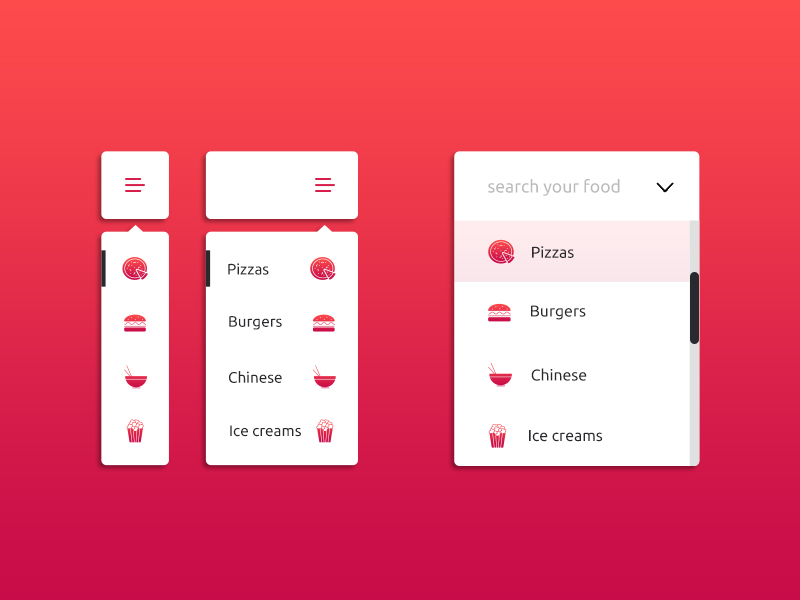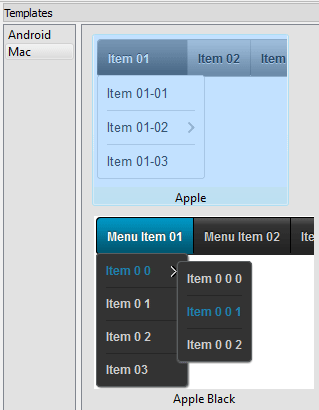
Android studio drop down menu android#
Android pull-down menus in Android Studio are added using Spinners. Tap the cell or cells where you want to create a drop-down list. You’ll find it in the upper right corner of your IDE. On your Android phone or tablet, open a spreadsheet in the Google Sheets app. While you’re in the activitymain.xml file, open the Design tab. On Android, this functionality can be implemented using a TextInputLayout along with a nested AutocompleteTextView which are both components of Android’s material library. Some variations can accept user-entered input. In Android Studio, the layouts are added to the layout XML files. Exposed dropdown menus display the currently selected menu item above the list of options. How about creating PopupMenu instead of AutoCompleteTextView Here is an example of how creating menu in android : Context wrapper new ContextThemeWrapper (getContext (), R.style.popupMenuStyle) //yourView is the view that you want to display the menu above it. To work with the control, you need to implement the CustomSpinner class. Now, its time to add the dropdown menu layout. There is nothing complicated about it - a root layout and two daughter elements (spinner and progress bar). įirst, we need to “sketch” our new control (custom_spinner.xml). I walked through it quickly and naturally.

The second way is described in more detail on the network. In general, this path ended, so only without starting. I really do not want to poke around in the source, although sometimes it is useful. Although I’ve known Android for a long time, I honestly admit that I still don’t understand what exactly needs to be done in the onDraw () method.
But every time I stepped on it, I ran into Exception'y and crashes of the application. 3 Answers Sorted by: 223 First option: menu/options.xml:“What is the salt !?” - you ask? And salt is in an intermediate state (loading data):ġ Inherited from Spinner override onDraw () and, possibly, some other methods implement state processing (loading / loading)Ģ Inherited from Layout place Spinner and ProgressBar on it organize the work of the control in accordance with its requirements. And while the data is loading, looking at empty static elements without any progress is boring, dull and generally.Īfter a little refinement, it turns out something like this (CustomSpinner): List initialization, as expected, occurs asynchronously. To display these parameters, a drop-down list was selected. NET web service provides lists of possible parameters in the form of arrays of different lengths (from 2 to 50 elements). The parameters of a certain calculation are stored on a centralized server.

This need arose when developing a small utility for working with a web service. I present to your attention a short essay on how I wanted to see the progress bar ("infinite circle") while loading data into the drop-down list, which is called Spinner in Android.


 0 kommentar(er)
0 kommentar(er)
